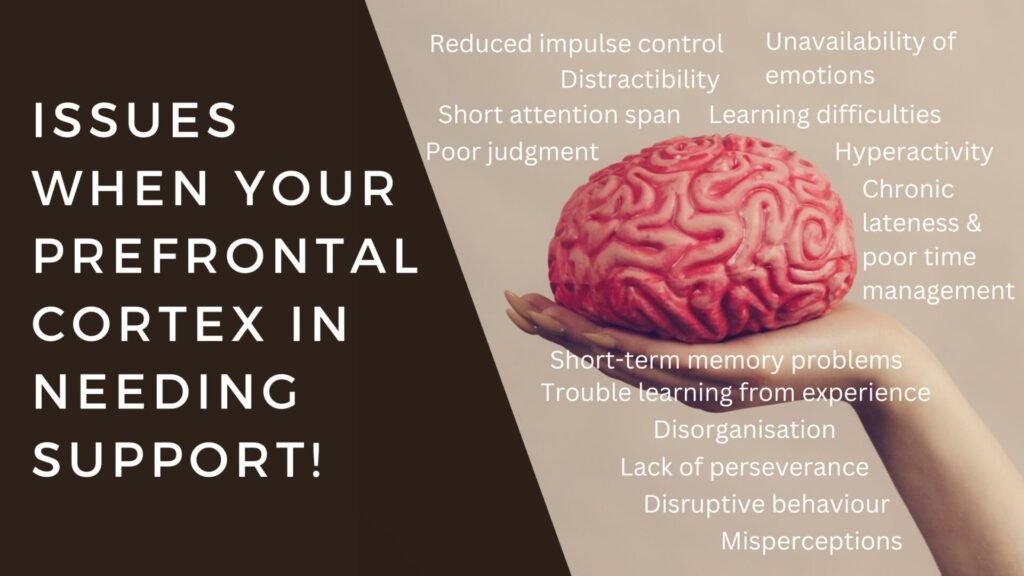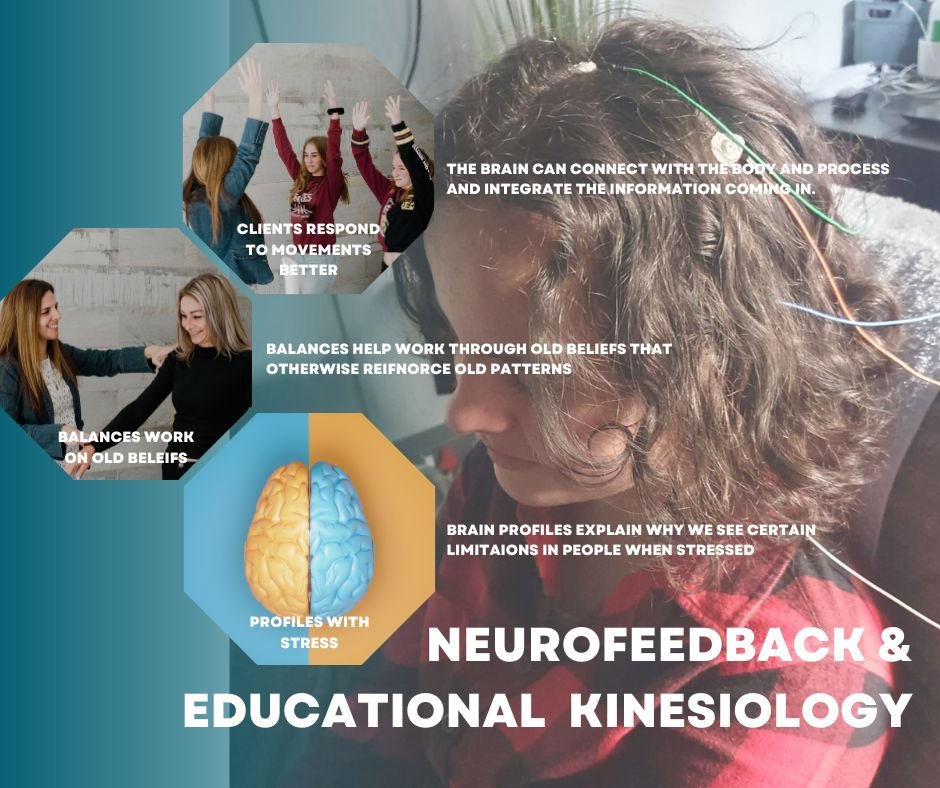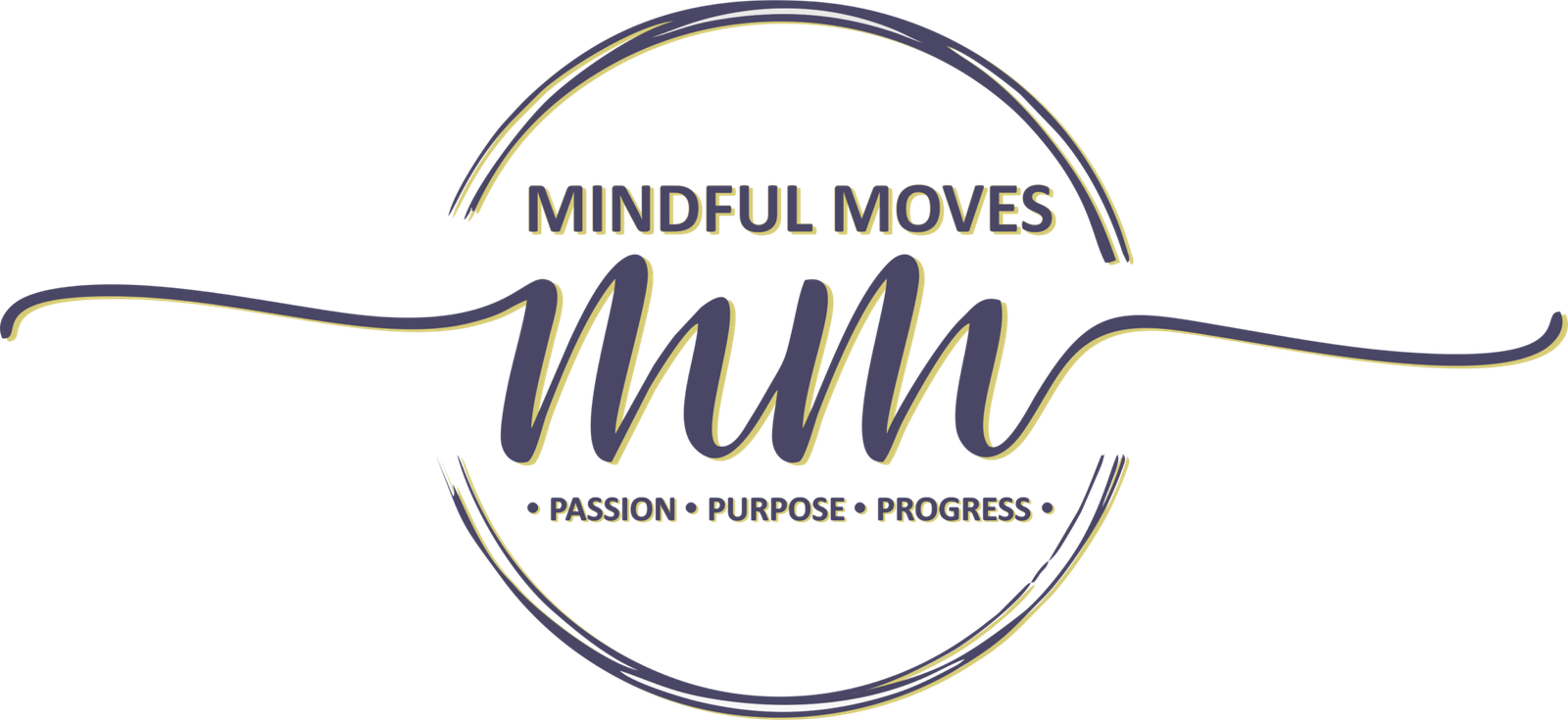The most important period of life is not the age of university studies, but the first one, the period from birth to the age of six.
Maria Montessori
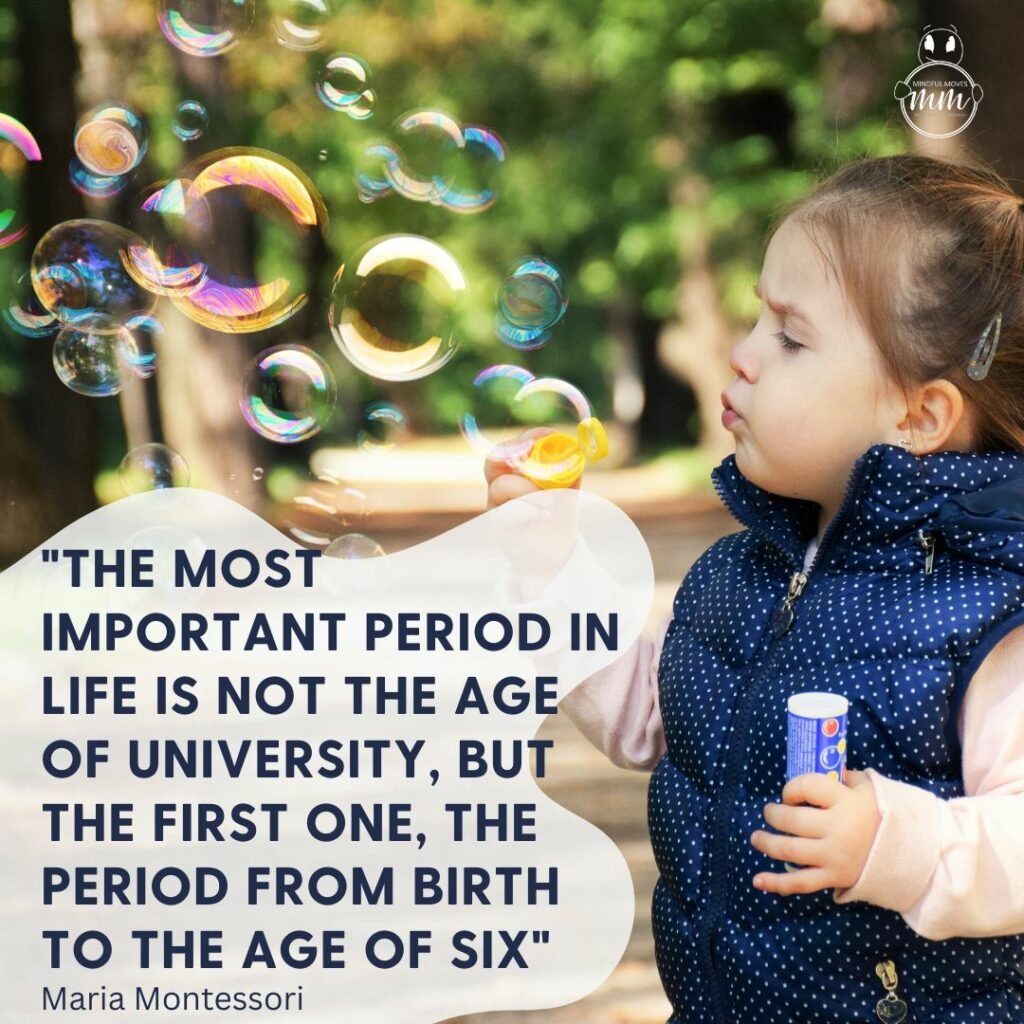

What are the pros and cons of pre-school?
While many contemplate homeschooling, it is important to understand the importance of schooling for the young, right-brain dominant child. School provides an environment that allows your child to develop as they should. Children younger than seven learn passively as they explore and interact with others and the world around them. They pick up things from other children, as well as from the teacher as they develop socially, emotionally and intellectually. Due to the above, the pros of schooling at this age most definitely outweigh the cons. It is very important to have a clear understanding of your reasons for sending your child to school or to homeschool your child, assessing whether or not these are in the best interest of your child.
Choosing to send your child to a pre-school, does not necessarily mean that you have no control over your child’s education. It is your responsibility to choose a school that honours your values and morals. (Read our blog on choosing the right school for your child.)
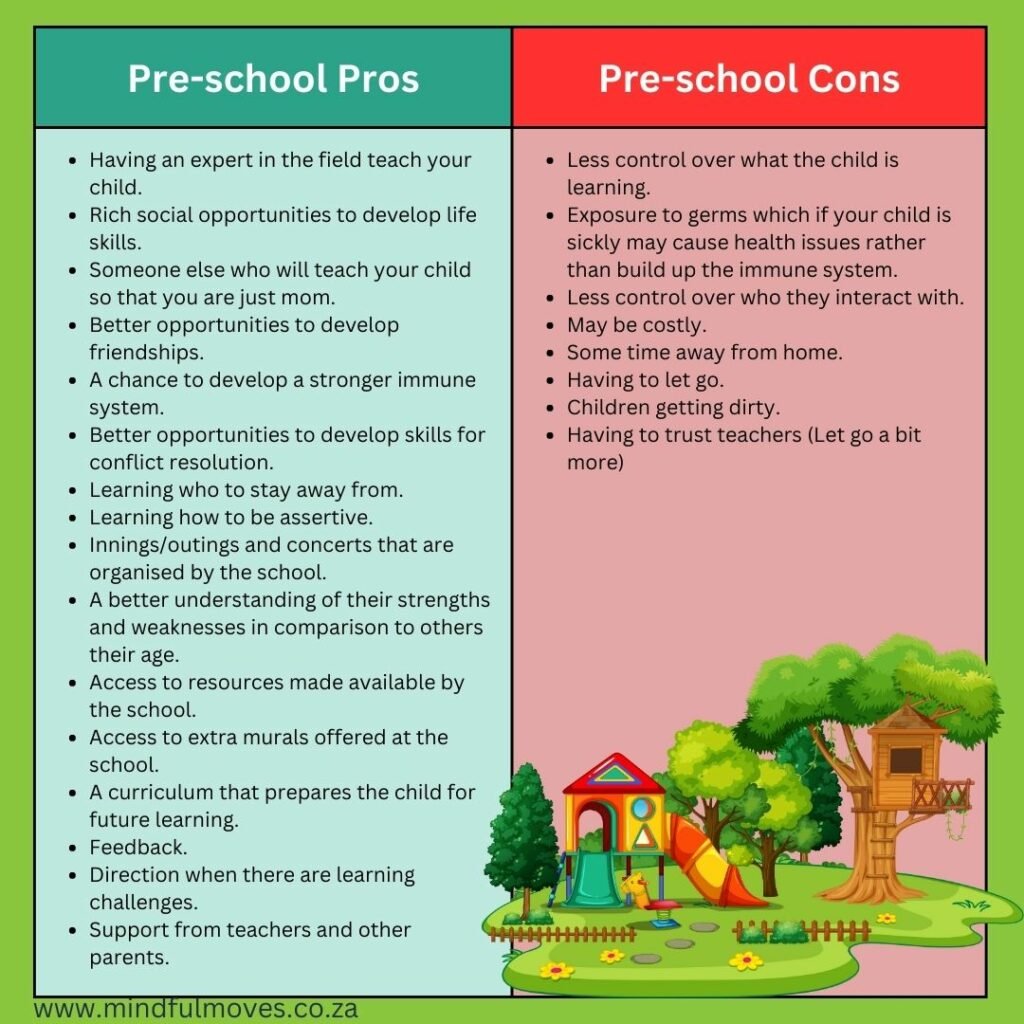

Why do people homeschool at this age?
Many parents have their doubts about our education system and believe that they may be able to provide a better learning environment at home. These parents wish to control what it is that their children are learning as well as what they are being exposed to. While some parents believe homeschooling offers them the opportunity to bring in subjects perhaps not covered at school, others believe they can move slowly through the concepts making sure the children have a firm understanding of the work. In some cases, certain children would simply not cope in a mainstream preschool and so feel that they can implement a curriculum that is better suited to their child’s abilities.
Most homeschooling parents enjoy the sense of control homeschooling offers. However, it is essential to remember the purpose of school, that being to prepare the child for life in this world and sooner or later they will need to develop skills in order to integrate successfully into society.
While the homeschooling model may suit many older children, the mother or father who chooses to homeschool the younger child, has a great responsibility in creating an environment where learning can naturally take place as it would at pre-school.
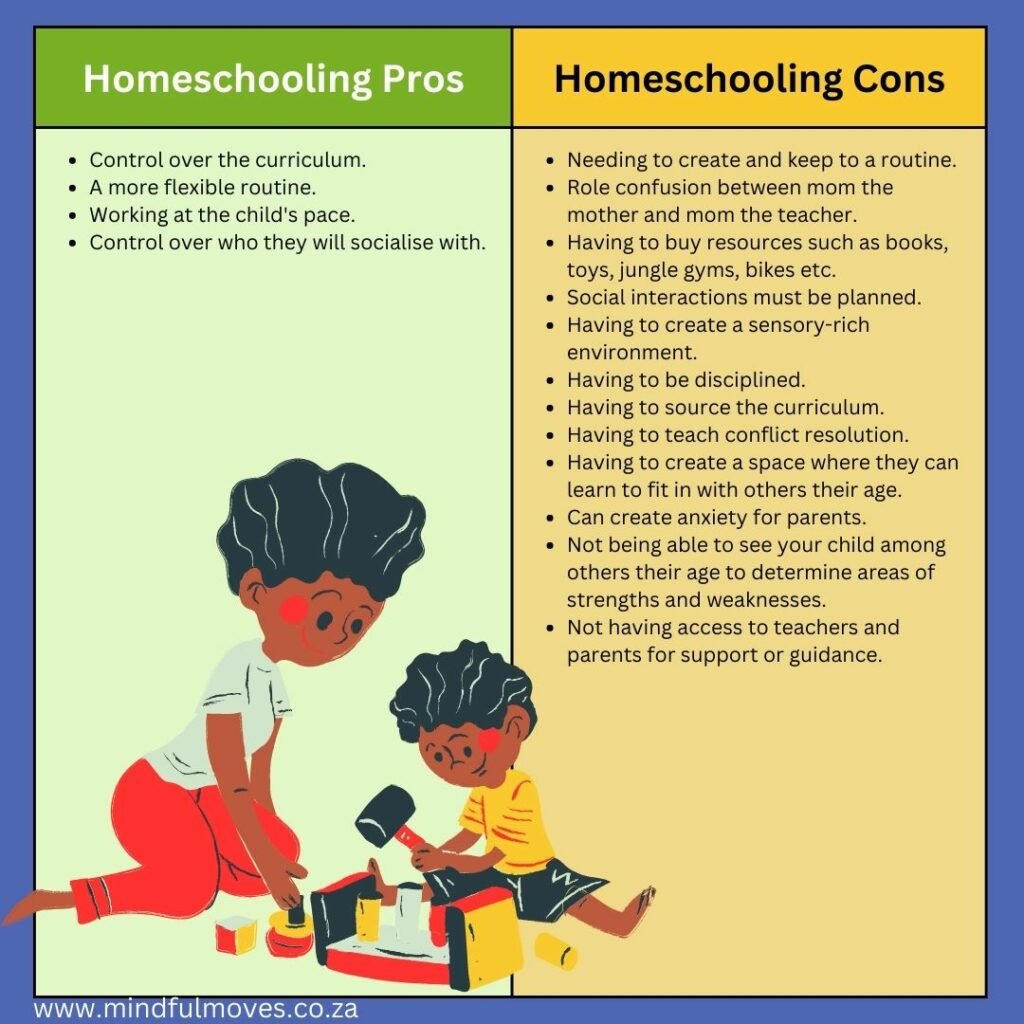

Before deciding- know how your little one learns!
Before deciding on this very important decision, it is good idea to find out how children from birth to the age of seven learn. Most child at this time are right-brain dominant. They have access to the gestalt and are laying down foundations upon which all later learning will be established.
Children this age are often referred to as sponges, soaking in everything they see and experience. For this reason, the more they experience through sensory exploration, interaction and movement, the better. Modelling behaviours they can mimic is vital and allowing play where they can process and try out all they are learning is key.
These children are not made to sit and learn, they are building their brain as the move in as many ways possible. They enjoy music, singing, colour and shapes. Everything is a feeling as they live forever in the “now”.
Relationship is the driving force behind learning. Being able to speak, touch, respond, draw etc, results in a way and means to connect with those they love. They thrive as they socialise and learn from the verbal and non-verbal feedback they get from others.
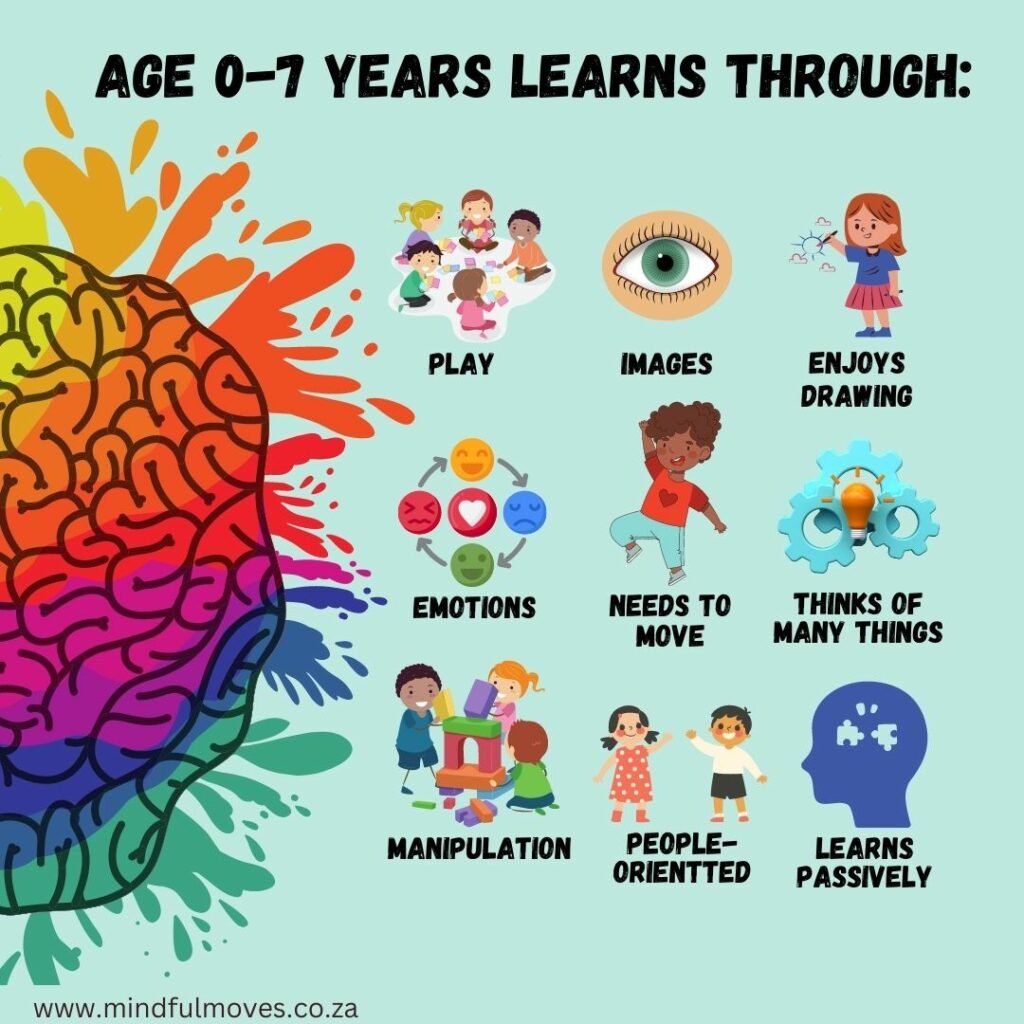

Create your own pros and cons list.
With this understanding, it is important to create your own pros and cons list. Only you know the reasons you are using to justify your decision. While it remains in your head, these reasons are hard to assess.
Using two pages, create your own columns, arguing for and against pre-school and homeschooling. Write down everything that comes to might, getting it all out. Once you have done this, use a highlighter to highlight the reasons that are most important to you. Glancing over the columns with the most colour, may help you make up your mind.
This exercise also allows you to ask yourself if your feelings are really true or are these opinions that need you to research. Such big decisions need to be based on fact, not opinion. Anything that you feel unsure about needs further investigation!
Deciding to homeschool your little one.
Arriving at the decision of homeschooling your young child, means that you will need to spring into action so that you can create a space where meaningful learning can take place. As many teachers have come to learn, it is about the preparation and ability to adjust that plan in real-time, that proves most beneficial. In readying yourself to become both parent and teacher you will need the following:
- Personal characteristics.
- A year plan.
- Term plan.
- Week plan.
- Daily routine.
- Resources – gross motor.
- Resources – fine motor.
- Educational toys.
- Stationery.
- Reading books.
- Songs.
- Activity books.
- Social opportunities.
- A support group.
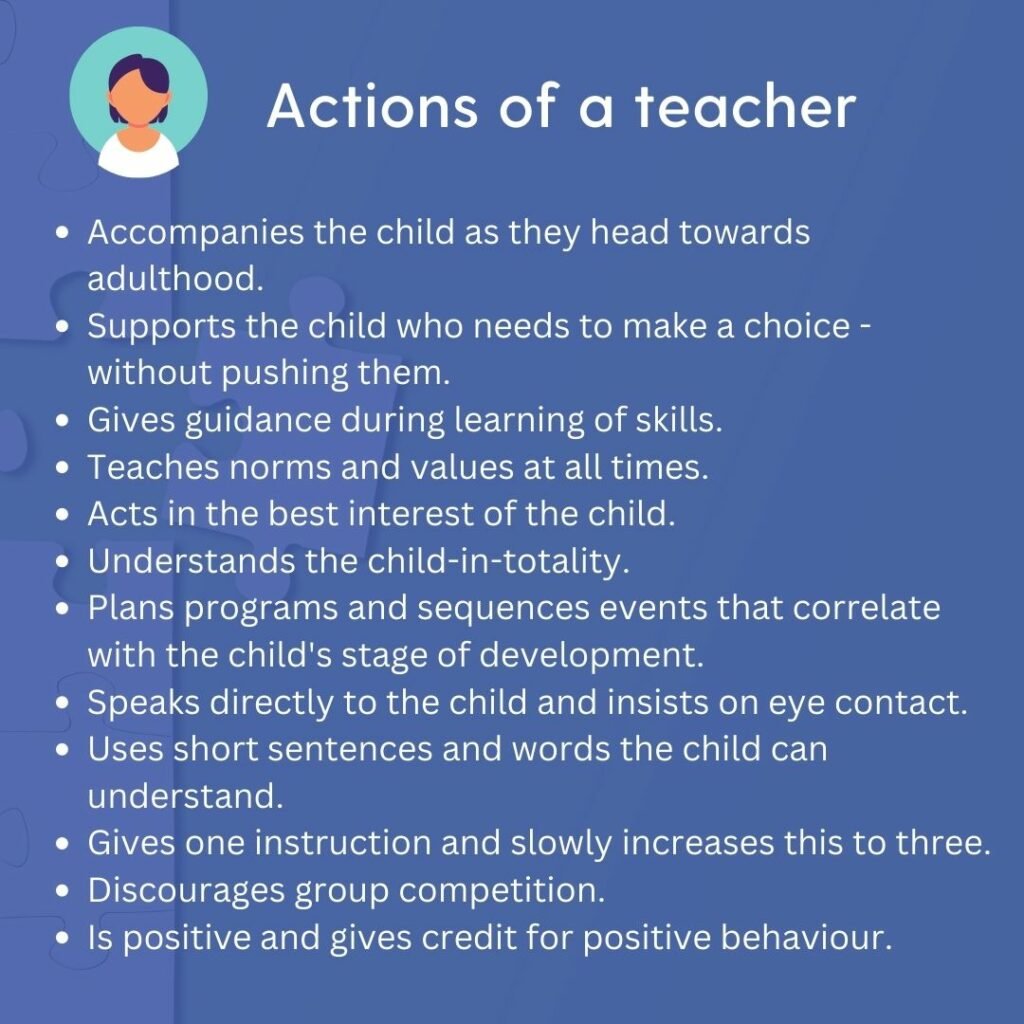

What are the characteristics of a good teacher.
One thing is for sure, we are not all made to be teachers. What are some of the characteristics of a good teacher? Below are some personality and social qualities a good teacher will need:
- Friendly.
- Enthusastic.
- A happy person who can laugh.
- Likes children.
- Has the ability to understand children.
- Is patient.
- Is fair.
- Is consistent.
- Is relaxed yet decisive.
- Has the ability to make decisions quickly.
- Is self-confident.
- Is always in control of the situation.
- Is able to offer opportunities.
- Guides children to use their own initiative.
- Can guide children to respectfully express themselves.
- Should be firm, but democratic.
- Should be fair in issuing discipline.
- Should create a sense of security allowing for children to depend on them in all situations.
- Should be mature.


Planning long-term goals: The task of creating this child-centred space.
Choosing to homeschool the younger child, means choosing to create a child-centred space, where you as mom/dad and teacher will be drawing out your child’s potential as opposed to stamping in knowledge and curriculum.
In order to do this there are skills and resources you will need. It is not as simple as going to the shop and buying activity books or going online and finding lessons. Often such books are not put together by teachers but by companies wanting to sell activity books. Some books are listed as activities for 3–6-year-olds and this in itself is a red flag. A school curriculum would never cover three years especially at such a young age. There needs to be much growth within a year. You also need to get your head around the different learning areas you will need to cover.
Find out what you should expect from your child.
Many people make the mistake by not understanding what needs to be taught at each age. Teachers are experts in their profession and for many homeschooling parents, it means having to learn what took teachers years of studying to discover. Teaching is not a matter of simply making a child recite numbers and the alphabet over and over.
For this reason, I highly recommend getting books that break-up children’s learning into age-appropriate skills. These are often written by occupational therapists and one such book available is, ” Early Childhood Development Checklist: Birth to 7 years.” by Carla Grobler.
This will allow you to set targets and create short-term goals for terms to achieve all you need to in a year.
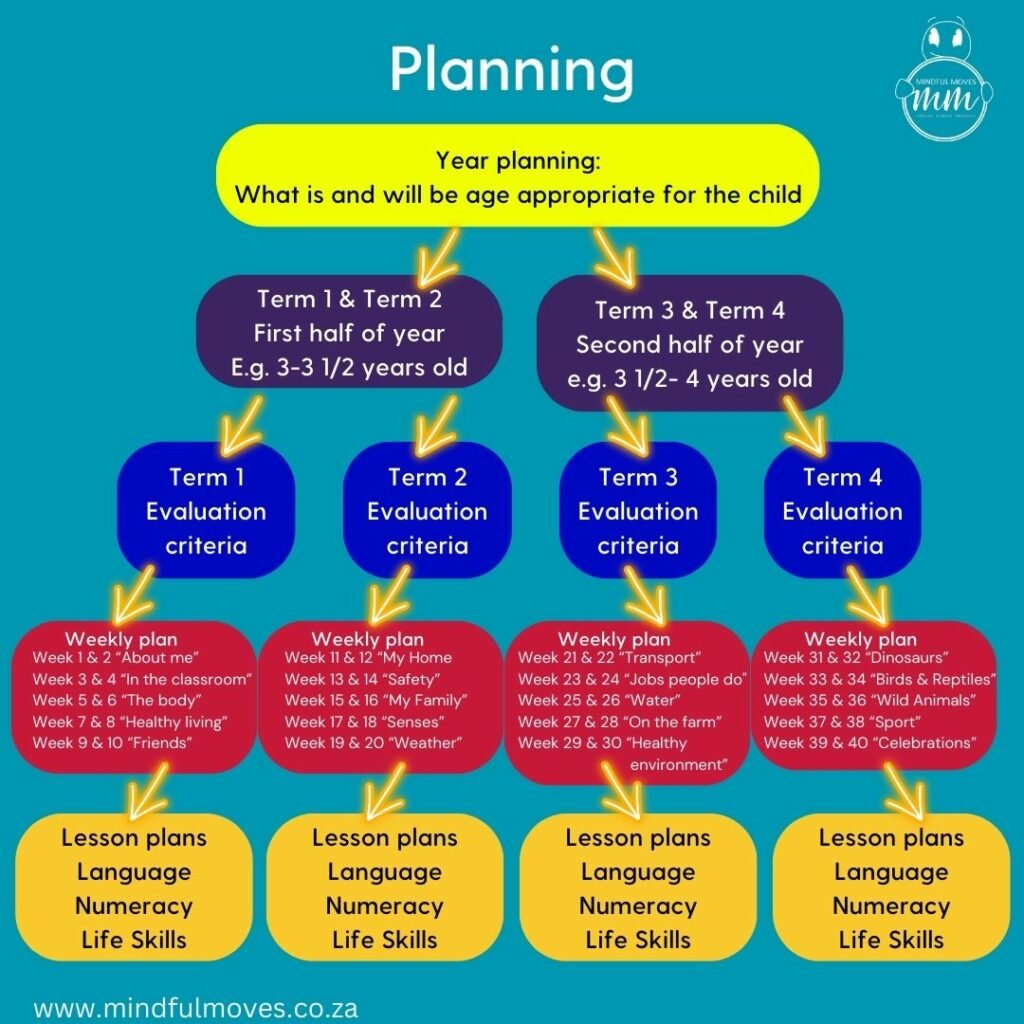

Planning for the year.
The above-mentioned book and others, will help your set realistic goals for your child. Most of these lists are divided into half years. This will help as you can already set half year goals for yourself and your child.
Once you have the bigger goals in mind, you can work out goals for each term. Assessing if these goals are reached, will allow you to understand how your child is doing, as well as what needs to be revisited of consolidated. Teachers will often use these as the criteria in their reports. In evaluating whether or not a child can do what is expected for their age, a teacher can determine what interventions are needed and they can adjust lessons and implement teaching strategies to support children.
Such evaluation is very important for you as ‘teacher’. This will let you know how successful your teaching has been and if your child was able to grasp new concepts affording you the opportunity to change your strategy if need be.
What should be covered?
In a pre-school, there are three learning areas:
- Language
- Numeracy
- Life skills (which cover all other areas)
What you are looking to cover within these areas include:
- Movement.
- Communication skills.
- Cognitive skills.
- Emotional development.
- Play.
- Balls Skills.
- Coordination and balance.
- Perception.
- Grasp and hand function.
- Basic concepts.
- Body concept.
- Number concept.
- Form concept.
- Colour concept.
- Size concept.
- Building with blocks.
- Working with beads and threading.
- Cutting.
- Drawing and painting.
- Picture reading.
- “Writing”.
Planning for the terms .
Using Books such as “Early Childhood Development Checklist: Birth to 7 years” by Carla Grobler will already divide your year into half years as you consider your child’s age and the age they will be turning. These milestones will allow you to set a half-year goal and end-year goals. If you break these up further, you can create your evaluation/assessment criteria for each term.
This assessment is not to create judgement or competition and really is for you to understand how successful your teaching is. We may be teaching, however, if the child is not grasping the concepts, learning is not taking place. Assessment documents allow you to step back and consider interventions and strageties. This is the most important part of teaching as it lets us know how affective our teaching is.
Assessments need to be continuous, and you should keep these records so that you can go back and see the progress made during the year.
Themes
Weekly themes fall under Life Skills (beginning knowledge) and this serves as the platform, through which all the above areas are introduced and developed. Below is an example of grade R themes given by the Gauteng Education Department. Each theme spans over two weeks. You are welcome to use these themes and add to these where you would like.
- About me
- In the “classroom”
- My Body
- Healthy Living
- Friends
- My Home
- Safety
- My Family
- Senses
- Weather
- Transport
- Jobs people do
- Water
- On the farm
- Healthy environment
- Dinsoaurs
- Birds and reptiles
- Wild animals
- Sport
- Celebrations
Weekly Planning
Weekly planning involves considering what you will be teaching with regards to the theme. Mondays will be the introduction of the theme and may involve much exploring. Each day will then re-cap what was taught the day before and then developed the concepts further. Fridays may be the day where you go on an outing with regards to the theme, or even plan for a social get together. Evaluating will however, be taking place all the time through noticing skills.
When doing your weekly planning, consider goals for each theme. You might be asking the following:
- What are the are the most important things to teach?
- How can I break up these important facts to teach in five/ten days?
- How can I make more complicated concepts easy to grasp?
- How do I teach the facts?
- How do I recap prior knowledge?
- How can I offer extra or create ideas to build on?
- How can I teach facts for right-brained children? (Using games, colours, shapes, movement, role play etc?)
- What songs can we sing to reinforce the facts taught?
- How can I use the theme in visual and auditory activities?
- What outings or social events can I include?
Look at the example below to help with your weekly planning.
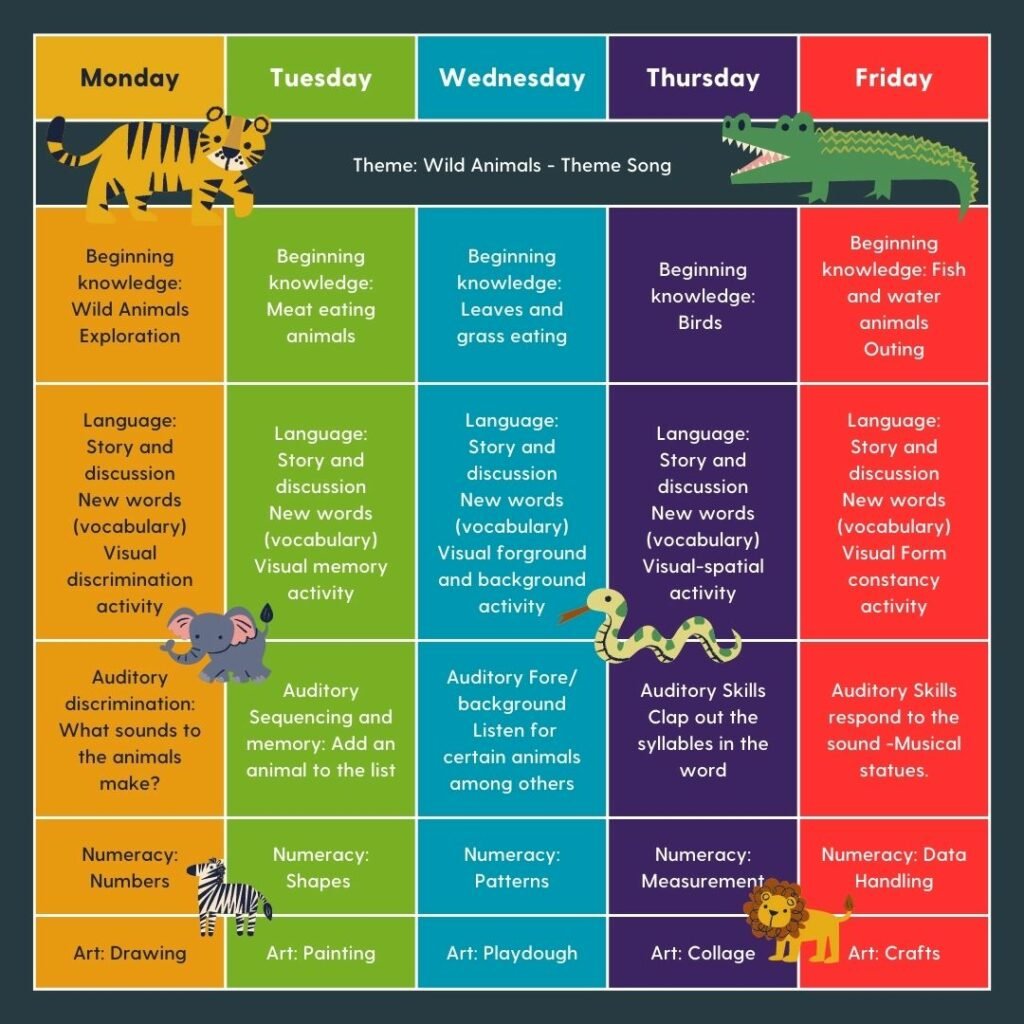

Why should I develop a daily routine?
Children thrive when there is routine. Routine creates a sense of stability, and the child can gage where they are in their day. It is important to have a set ‘start’ and ‘finish’ time. When planning this, you must take into account what all you need to cover during the day, as well as the fact that child can only concentrate for two to three times their age in minutes.
Routine allviates much anxiety as a child can get a sense of where they are within the day. We as adults enjoy being in control of our time and have the luxury of scheduling our day. Children who live in the now are victim to time as they have to just go along with the adults’ plans. When things are sprung on them, they are not given the chance to prepare. Routine creates a sense of consistency and allows children to predict what will come next and prepare emotionally for it. This will mean less anxiety and fewer meltdowns.


What skills should be included in a daily routine?
The above is an example of a daily routine. Consider all the things you need to get done in the week and then decide on a daily routine. You might have a routine that allows for different activities during the week. Perhaps you need to work around a speech therapy session, or you might plan for educational outings or social gatherings with other homeschoolers during a week. Work these into your weekly routine so that your child can gauge where they are in the week according to the activities for the day.
Once you have written down all the things you need to get done in a week, plan each day. Try and keep to a certain routine even though you may change out certain activities at certain time slots. Aim for consistency! Homeschooling is not about winging it each day, but careful planning.
Switch between movement and quieter lessons, using right-brain teaching tools during these. The above schedule incorporates these, and you might want to use it as a starting point.
Lesson Plans.
Lesson plan templates can be very helpful and allow you to consider all aspects. Without this, parents may get stuck in a rut and may be neglecting important things continuously which will add up.
Lesson plans should allow you to consider the “what, why, how, when and where.” It’s also useful to have a place to write notes for further reference and adaptaions. I like to ask, “What is the goal for this lesson?” and “how will I know my child achieved this?”
These also allow you to consider what resources you will need so that you are well-prepared when you do the lesson. You set the tone for the lesson, if you come across unorganised and ill-prepared, such behaviour might present in your child. You need to demostrate good work ethic, organisation and perseverance.
There are many templates for lesson plan out there and you will find one that works the best for you.


How to teach the right-brained child.
Children younger than seven are usually right-brain learners. They learn through:
- Movement.
- Play.
- Exploration.
- Emotional connection to those around them.
- When learning content is relevant to them.
- Through emotional stories.
- Through colour and shape.
- They enjoy role play.
- They enjoy puppet shows.
- Brainstorming.
- Drawing.
- Singing.
- Through games.
- They enjoy being involved.
When we teach children in the manner they learn best, we have much success. They are not ready for sitting for extended periods, printing, rote learning of abstract symbols such as letters and other academic tasks. They do not yet see the difference between things, this is necessary for letter recognition. Because the mimic our language, they can often say things they’ve heard, but are yet to understand the meaning of the phrase. It is more important to spend this time developing the body, intgrating active reflexes and developing spatial, visual and auditory perceptual skills.
Why is a child who is left-brain dominant before seven a red flag?
It is considered a red flag when we have children who are younger than seven and are left-brain dominant. This is because their brain is working in a way that is not neurotypical. The right-brain allows for children to learn passively as they connect and explore the world while using and thus developing the body. The left-brain tends to withdraw, see the details, likes routine and repetition. The left-brain likes rules and regulations, order, method, sorting objects and others. When a child is learning in this way, they will need help later learning to connect. Because language and communication has so much to do with connection and relationship, it will often mean that these children do not develop social skills as others. Left-brain thinking will present in play with children ordering and sorting toys into rows or according to an attribute they see as important.
If you are concerned that you are seeing some of these, it’s important to reach out to a neurodevelopmental psychologist. These children may be clever in ways that the peers are not, as they are learning differently. This, however, will come at a cost of the skills the right-brain develops in a child.
Research curriculums!
Some people feel that they should just wing it and follow the child’s lead. It is very important to understand that this is not the child-centred approach. Child-centred approaches are in actual fact more difficult than the direct teacher-centred approach. It requires noticing skills that come with practice and then planning in response to the child, while taking into account the vital skills the child must develop regardless of whether they like it or not.
When choosing a curriculum, it is important to start with your child’s abilities as well as their learning prefernces. Knowing what can be expected of them at each age, will also allow you to consider what knowledge must be covered. Being under seven, will answer the ‘how’ to teach these. Physical activities, sensory exploration, tactile experiencines that allow for fun, will trump worksheets, tracing and colouring-in in many causes. Worksheets may increase as they get closer to age of formal schooling and need to begin to understand the different formats for learning in grade 1.
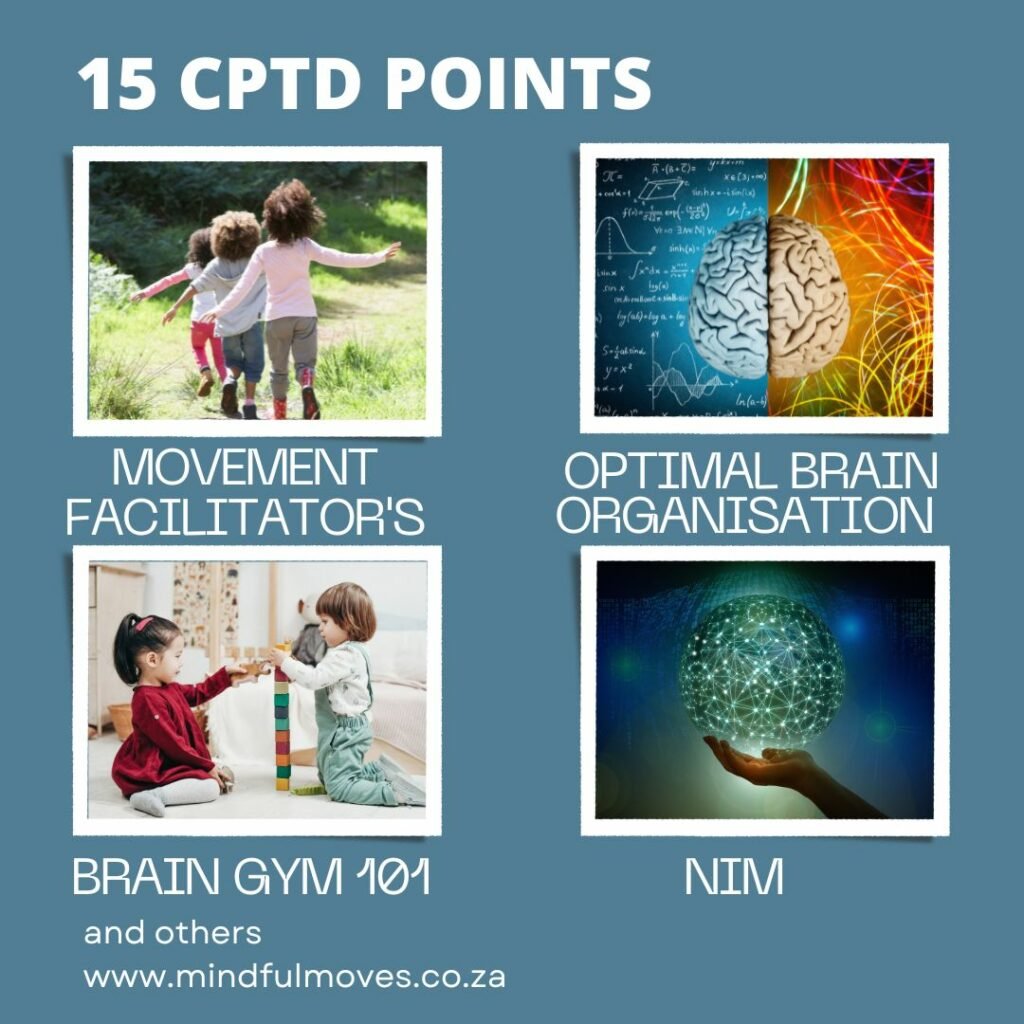

Ask for help.
If you are feeling overwhelmed ask for help. Reach out to us at Mindful Moves and we can assist with what should be included in your daily program. You will benefit from some of our courses that teach about brain development and reflex integration. Our courses are available to parents and teachers so that children can experience peak performance during school time and reach their full potential. Many of these courses and workshops can be done online and scheduled for your convenience. For those who teach, we are a SACE service provider and offer CPTD points to teachers participating in these.
Some of our courses and workshops we run are:
- Teaching Grade R-An overview (10 CPTD points)
- Solutions to Impaired Concentration (10 CPTD points)
- 2Left Feet (5 CPTD points)
- Unpacking Behaviour (10 CPTD points)
- Fundamentals: Pre-reading and writing skills
- Movement Facilitators (15 CPTD points)
- Brain Gym 101 (15 CPTD points)
- NIM (15 CPTD points)
- Optial Brain Organisation (15 CPTD points)
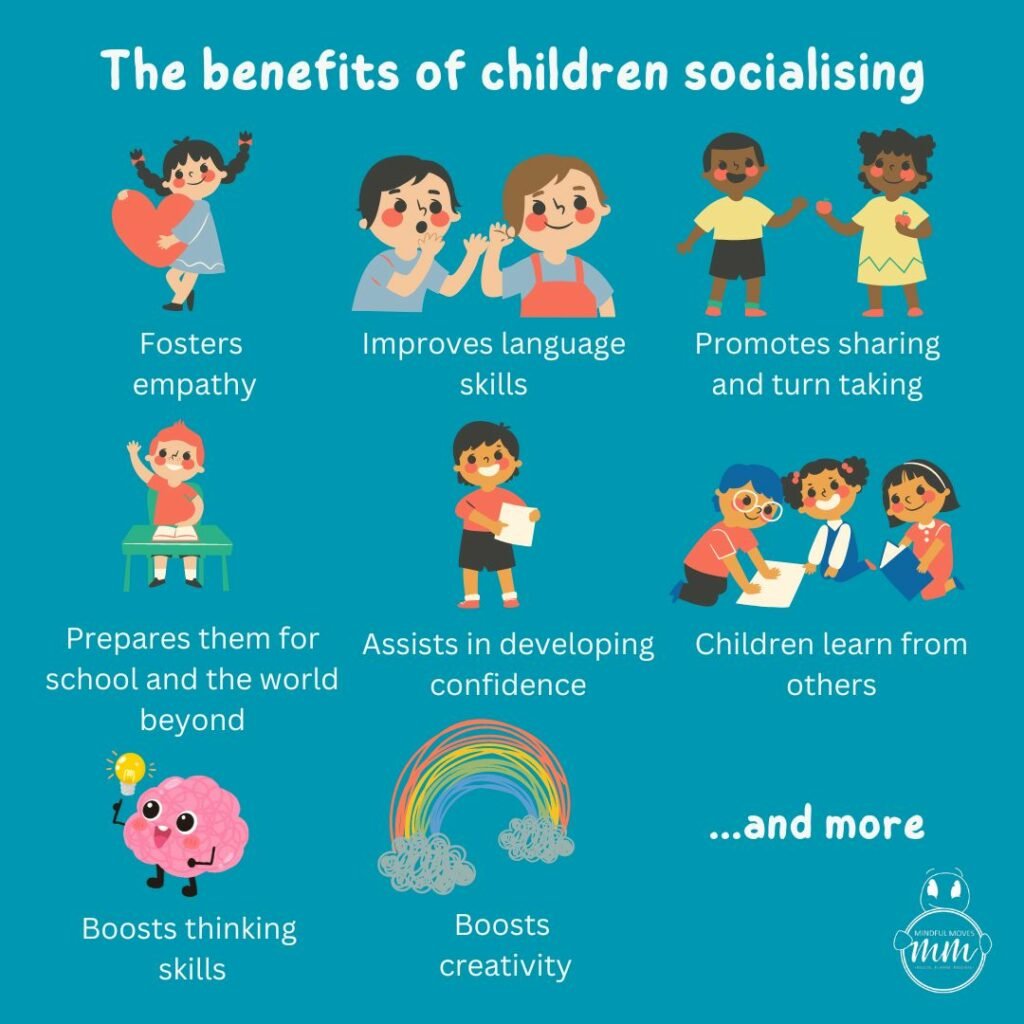

Find a Homeschooling community.
Find a community of like-minded homeschooling parents. This might mean being able to share resources or plan together. Reaching out will also create a space to organise social gatherings or outing for the children. Socialising will help your child develop social skills, build confidence, learn conflict resolution and more.
Contact us
For more information, contact us at info@mindfulmoves.co.za.

